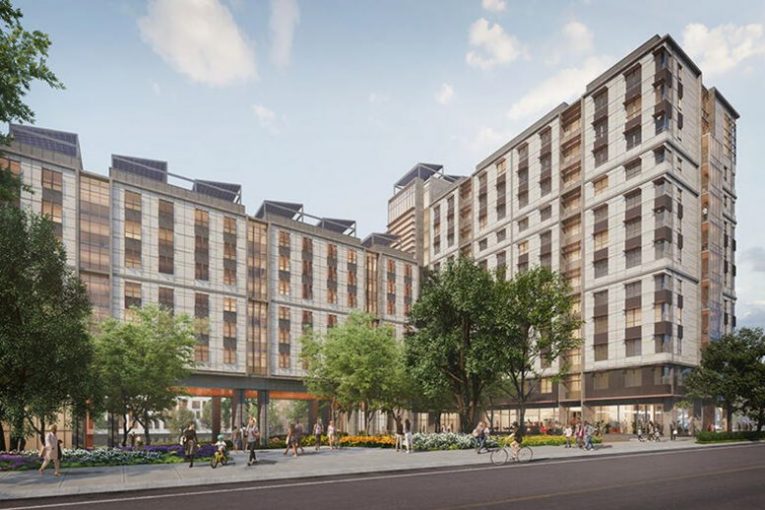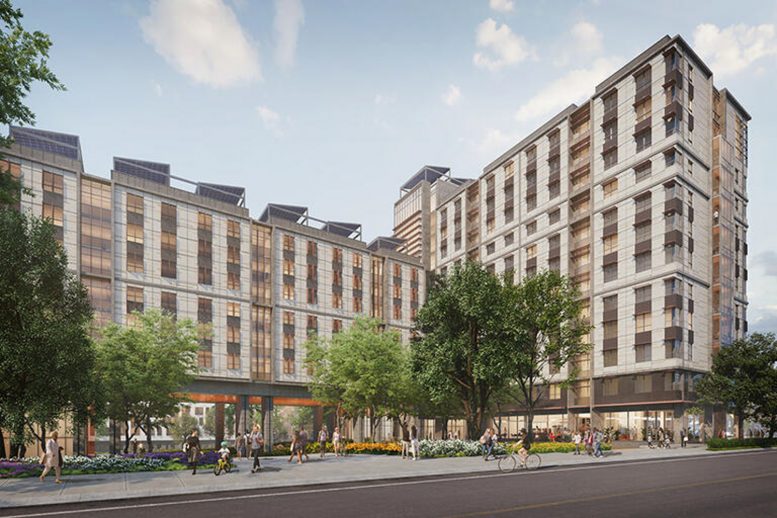

Submitted by Harvey Smith
The California Court of Appeal recently issued its decision in the California Environmental Quality Act (CEQA) case against the University of California regarding People’s Park in Berkeley. Most importantly the judges found “the Regents not only declined to analyze any alternative locations; they failed to provide a valid reason for that decision… There is plenty of evidence that alternative sites exist–the development plan identifies several other university owned properties as potential student housing sites.” UC Berkeley immediately vowed to appeal to the State Supreme Court.
UCB has claimed the park’s glory days are over, and we all should just move on. However, People’s Park has continued being a user-developed, much-utilized park since its inception. Its history, relevance and viability as a beacon of political activism have been recognized by the State Historical Resources Commission and by its placement on the National Register of Historic Places.
UCB has also claimed that People’s Park Historic District Advocacy Group (PPHDAG), a  plaintiff in the CEQA lawsuit, is a “NIMBY neighbor” that represents the “privileged and powerful.” Quite the opposite – PPHHDAG supporters are from all over Berkeley, California and the U.S. and in fact beyond the borders of the U.S. They include UCB professors, three former Berkeley mayors, three former Berkeley city councilmembers, many former Berkeley commissioners, Cal alumni and students, attorneys, architects, historians and many others who are concerned about the threatened destruction of People’s Park. We all want UCB to build student housing, just not in a totally inappropriate location.
plaintiff in the CEQA lawsuit, is a “NIMBY neighbor” that represents the “privileged and powerful.” Quite the opposite – PPHHDAG supporters are from all over Berkeley, California and the U.S. and in fact beyond the borders of the U.S. They include UCB professors, three former Berkeley mayors, three former Berkeley city councilmembers, many former Berkeley commissioners, Cal alumni and students, attorneys, architects, historians and many others who are concerned about the threatened destruction of People’s Park. We all want UCB to build student housing, just not in a totally inappropriate location.
The noise issue in this case is not what was argued in the lawsuit. It’s the “noise” that UCB is creating by pointing to CEQA as the problem, not its deficient Environmental Impact Report (EIR) that doesn’t address the many alternative and better sites (at least 15 of them) to build this project.
As pointed out in the Rose Foundation study, CEQA: California’s Living Environmental Law – CEQA’s Role in Housing, Environmental Justice, & Climate Change, CEQA is not a barrier to development. The lack of housing for the unhoused and low-income is due to public policy choices. During the New Deal in the depths of the Great Depression, we built affordable housing. Our current policies favor market-rate development, which is only trickle-down economics. Other developed countries do not have hundreds of thousands of homeless people in their urban centers.
UCB has failed for decades to maintain and manage the park, but then disparages the park for being a mess, claiming a high rise housing construction project would “revitalize” it and be an improvement. Counter to this Vietnam War-like strategy of “destroying the village to save it,” the park must remain entirely a much-needed recreational space. As the Southside of Berkeley becomes more densely populated, more open space will be demanded, not less.
PPHDAG and park activists do not see it continuing as a homeless encampment in the future. UCB and the City of Berkeley have already proved they can find shelter for those living in the park. The vision for the park includes ongoing cultural and political programs as welcoming to all as any Berkeley park or any campus open space.
UCB messaging portrays People’s Park as an area of frequent crime and an epicenter of violence on the Southside. This is oft repeated, but is quickly countered by facts. In a filing with the Superior Court the PPHDAG prepared a declaration utilizing data from the Crimemapping website for a six month period from January through June, 2022. A 20-block area surrounding the park was selected and the data revealed that 94% of crime occurred outside of People’s Park. Crimes do occur there, but at a lower rate than the surrounding neighborhood. Keep in mind that the promoter of the image of the park as “crime-ridden” is the same institution that was fined $2.35 million in 2020 for underreporting campus crime.
People’s Park draws people from all over the world. Its heritage and role in defining American historical events should be commemorated. A visitor’s center located in one of the historic buildings across the street could introduce the public to the history of the park, the South Campus neighborhood, and the heritage of Berkeley in the 60s. It could be affiliated with a scholarly institute for the study of the 60s and of town/gown relationships.
UCB knew there would be delays with the People’s Park project from its inception. To cover the cost of delays, they requested a contingency fund from the UC Regents. If UCB really wanted to move forward expeditiously to build student housing, it would have never picked the People’s Park site.
We are up against an arrogant and powerful institution. Fortunately the judges of the Court of Appeal looked at the facts. We plan to continue defending the park. UCB should move this project to one of the alternative sites as soon as possible. We can have both student housing and a historic park.
Harvey Smith is the President of the People’s Park Historic District Advocacy Group






So long at the alternative site is within walking distance of campus, it might be environmentally preferred; otherwise the GHG emissions from the increased daily trips easily overwhelms any local environmental consequences.
Smith fails to address the fundamental question in the court’s decision–that a specific class of individuals–in fact the same individuals who are being educated on the UC campus–are an environmental hazard because of the stereotypes about their behavior. This will be weaponized to keep out other projects, such as affordable housing that brings in another class of individuals that some stereotype as having undesirable behavior.
That Smith tries to deflect the attention from the actual outcome is disingenuous. The court didn’t come up with this reasoning on its own and individuals prominent in that case have made statements with this principle prior to the court decision.
In the end, the question is which is more important: 1) providing nearby housing for students who are trying to gain the education that local residents who are the plaintiffs already have and locating the housing in a place that minimizes the single most important environmental hazard that we face–climate change, or 2) preserving a space that had a historic event and is being used for recreational purposes by a small group of local individuals. (When I was student there, we steered away from it for safety concerns.)